Top 3 Benefits of Gathering + Analyzing 1st-Person Data for Growth
In today's data-driven world, companies are always looking for ways to gain a competitive edge. One way to do this is by gathering and analyzing 1st-person data, aka customer data or “person-first data.”
First, what IS 1st-person data?
1st-person data is information that is collected directly from customers through various means, such as:
- Online forms
- Polls
- Reviews
- Surveys
- Social media interactions
- Interviews, and more.
This data is typically collected and owned by the company, and it can include information such as customer demographics, preferences, behaviors, and purchase history for customer segmentation.
1st-person data is valuable to businesses because it provides insight into the needs, preferences, and behaviors of their specific customers.
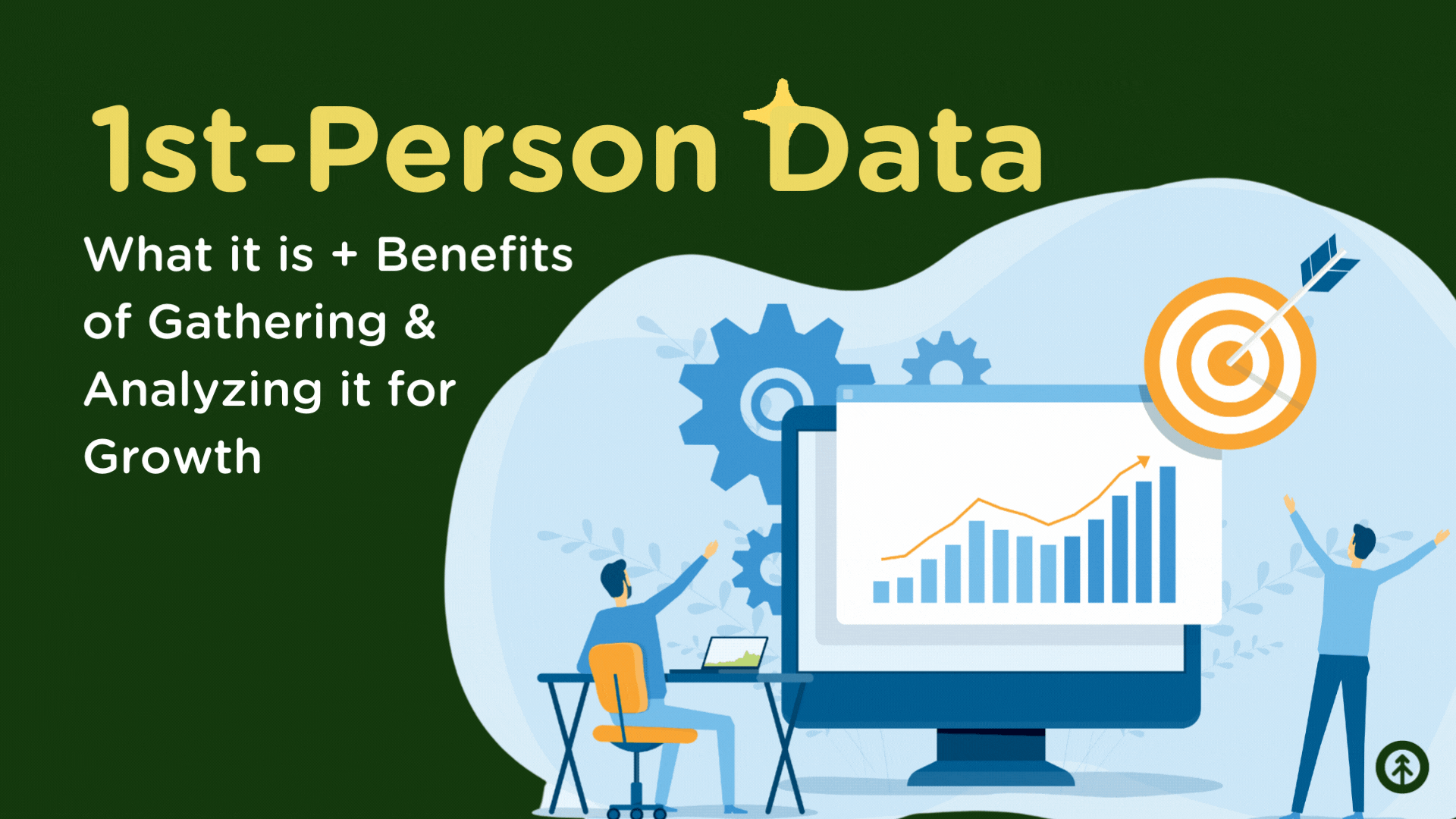
By analyzing this data, companies can make more informed decisions about their products, services, and marketing strategies, ultimately helping them to grow and succeed in their market.
Benefits of 1st-Person Data
The top 3 benefits of gathering and analyzing 1st-person data to grow your business are:
- Improved decision making
- Enhanced customer experience
- Increased efficiency + profitability
Let’s go through them one by one.
1. Improved decision making
By gathering and analyzing 1st-person data, companies can make data-driven decisions about their products, services, and marketing strategies.
For example, a company that sells clothing might gather data on what types of clothing customers are purchasing, how often they make purchases, and what factors influence their purchasing decisions.
This information can help the company make decisions about what types of clothing to stock, how to price its products, and how to market to its target audience.
2. Enhanced customer experiences
By understanding the needs and preferences of their customers, companies can create personalized experiences that keep customers coming back. It's the flywheel effect, and it works.
For instance, a company might use 1st-person data to recommend products or services based on a customer's past purchases or browsing history on their website.
This personalized approach can help build customer loyalty and increase the likelihood of repeat business.
3. Increased efficiency and profitability
Gathering and analyzing 1st-person data can also help companies streamline their operations and increase profitability.
A good example is a company that uses 1st-person data to identify bottlenecks in its production process or to optimize its marketing spend.
By understanding where they can improve their operations, companies can increase efficiency and reduce costs, ultimately leading to higher profits.
Facts: gathering and analyzing 1st-person data is a valuable tool for businesses looking to grow and succeed in today's competitive market.
By using this data to make informed decisions, enhance customer experiences, and increase efficiency, companies can gain a competitive edge and drive growth.
Is that your business? Then let’s talk about how the process works.
How Do You Gather (much less ANALYZE) 1st Person Data?
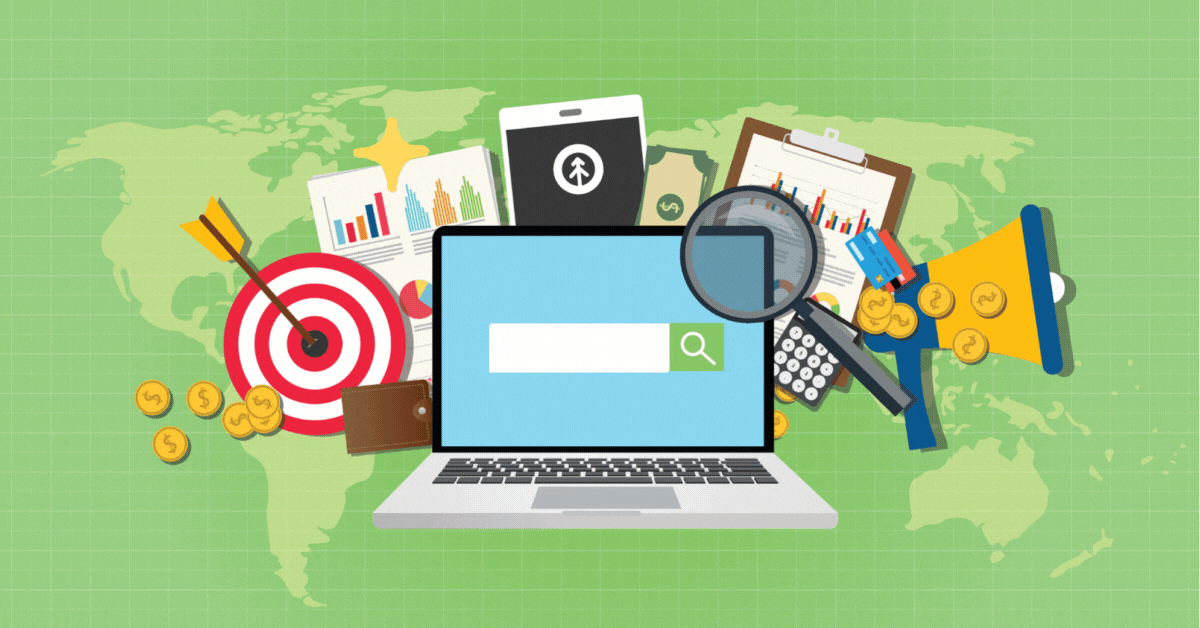
Our choice? HubSpot, of course.
HubSpot is a customer relationship management (CRM) platform that helps businesses gather, store, and analyze 1st-person data to better understand and serve their customers.
Here are a few ways that HubSpot can help businesses gather and analyze 1st-person data:
1. Forms and surveys
HubSpot provides tools for creating and distributing online forms and surveys to gather 1st-person data from customers.
Value of these tools: learn more about customer preferences, behaviors, and satisfaction levels so you can better provide them with what they need.
2. Marketing automation
HubSpot's marketing automation features allow businesses to segment their customers based on data such as demographics, behaviors, and purchase history.
Value of this tool: allows businesses to tailor their marketing efforts to specific groups of customers, increasing the effectiveness of their campaigns.
3. Customer analytics
HubSpot provides customer analytics tools and reports that allow businesses to track customer behavior and engagement across various channels, including email, social media, and their website.
Value of this data: helps businesses understand how customers are interacting with their brand and identify opportunities for improvement.
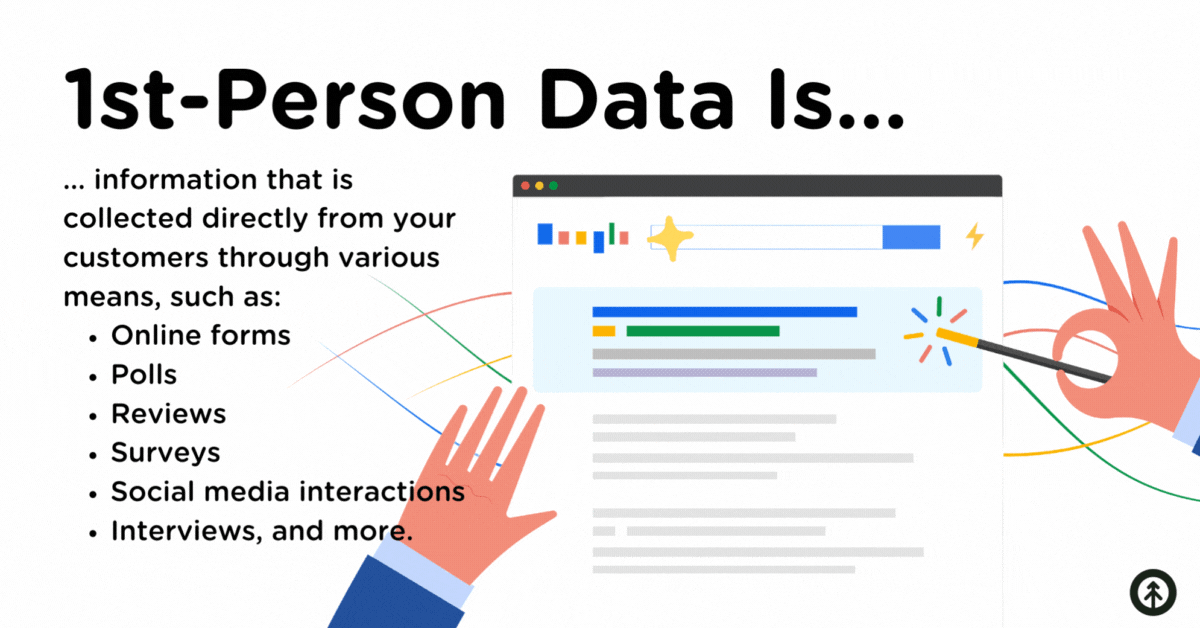
4. Customer service
HubSpot's customer service tools allow businesses to track and analyze customer inquiries and interactions with their support team.
Value of these tools: can be used to identify common issues and improve the customer support experience.
Overall, HubSpot is a powerful platform for helping businesses gather and analyze 1st-person data to better understand and serve their customers.
Need help developing a strategy for gathering or analyzing 1st-person data to help your customers, your team, and your bottom line?
Ask us how we do it at Growth. We can help you create a game-changing strategy for growth through data-driven solutions and beyond (and we're HubSpot Diamond Solutions Partners, to boot!)
Explore More Insights: Related Blog Posts
-
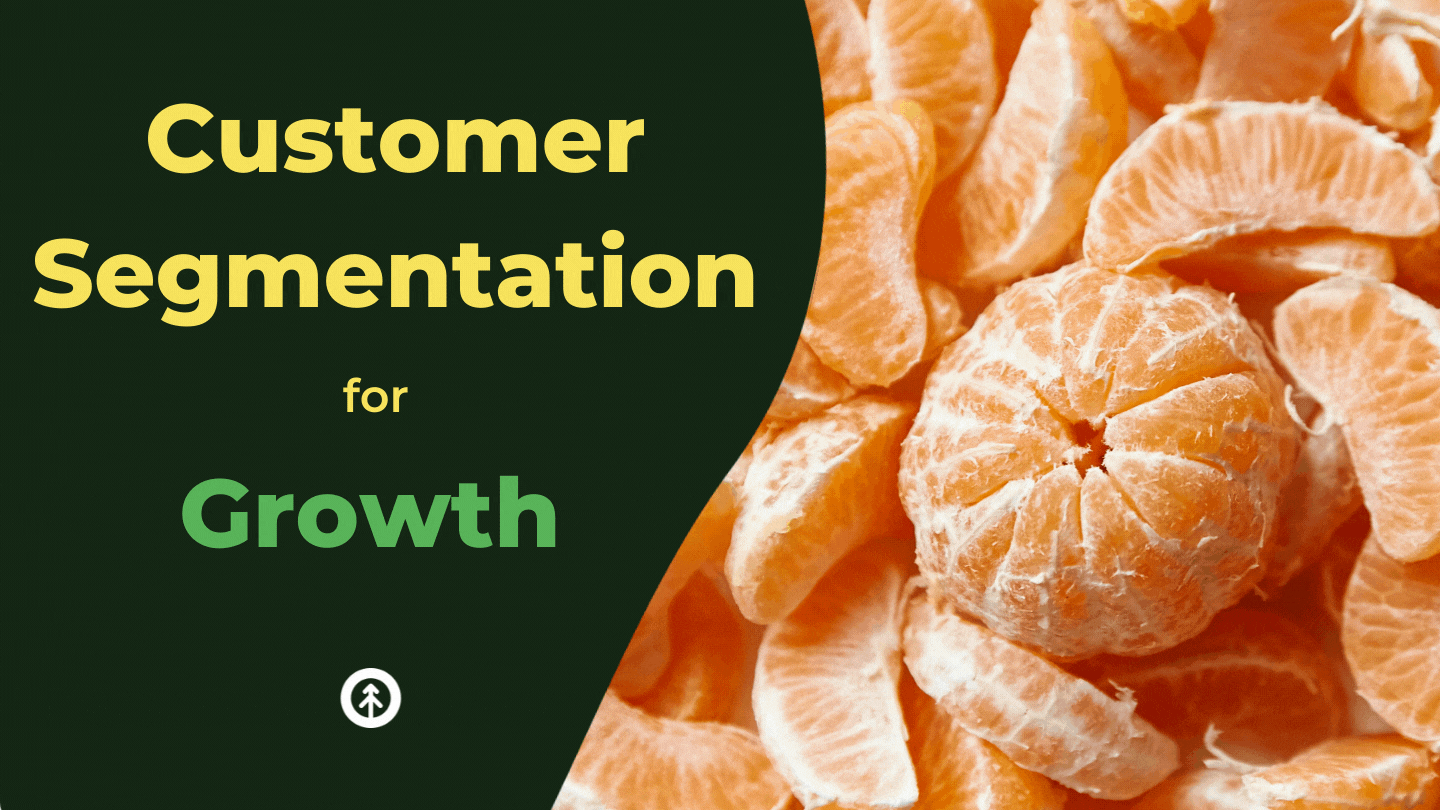 Sales EnablementDec 10, 2021
Sales EnablementDec 10, 2021 Growth Marketing Firm
Growth Marketing FirmCustomer Segmentation Strategies for Growth
Customer segmentation is the process of grouping your customers together based on the factors (e.g....
-
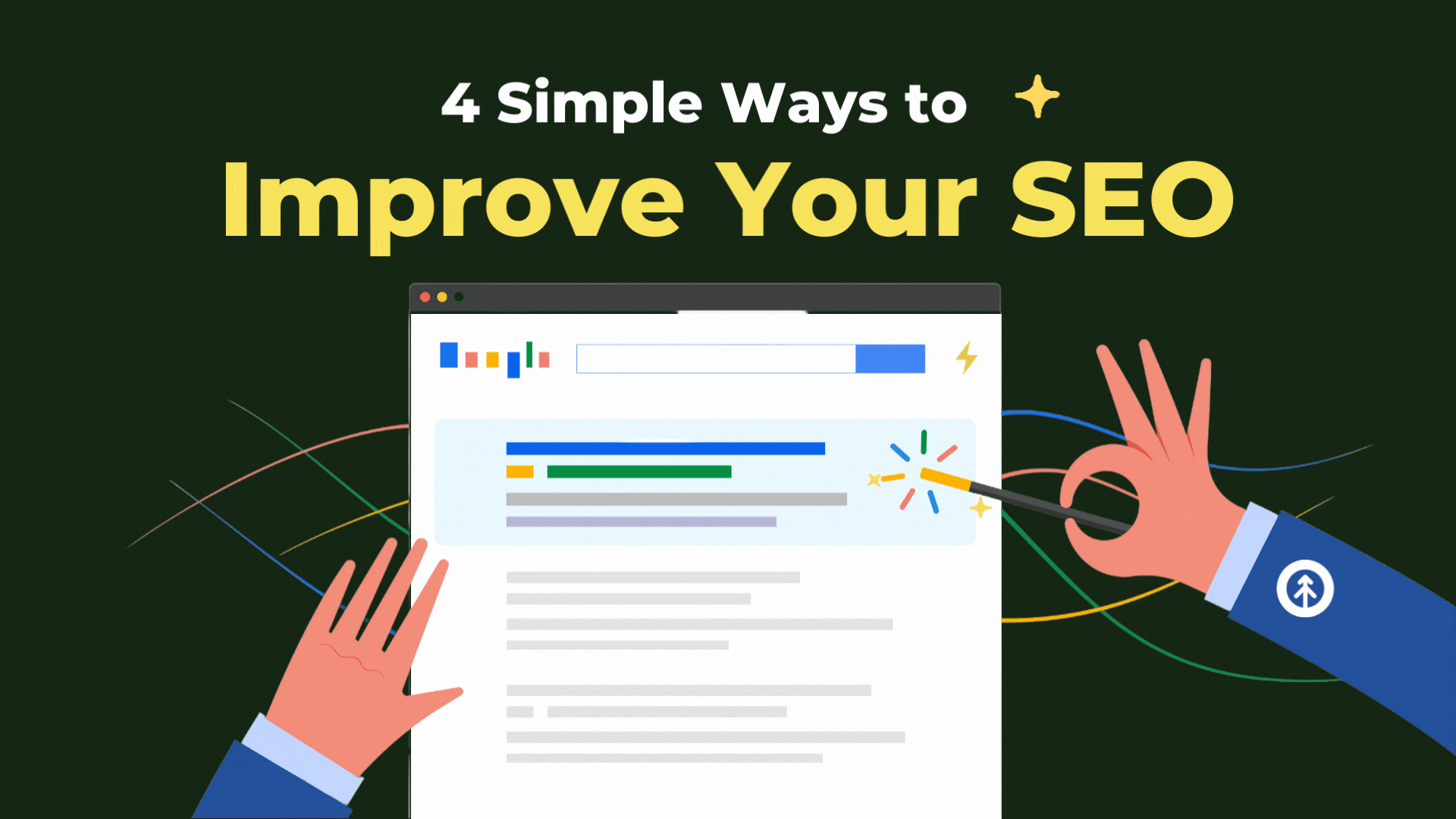 SEONov 15, 2022
SEONov 15, 2022 Growth Marketing Firm
Growth Marketing Firm4 Simple Ways to Improve Your SEO
You may think that the word “simple” doesn’t really work next to “SEO,” but that’s not always the case.
-
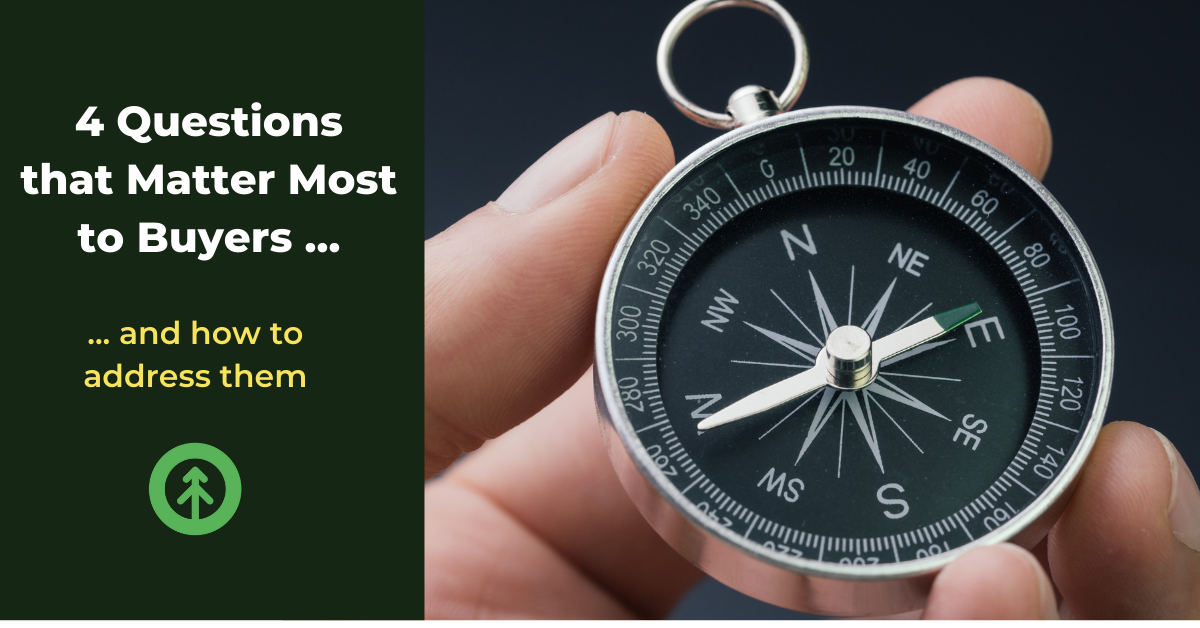 Inbound MarketingSep 15, 2021
Inbound MarketingSep 15, 2021 Growth Marketing Firm
Growth Marketing Firm4 Questions that Matter Most to Buyers & How to Address Them
It's easy to get caught up in creating top-of-funnel content for your inbound marketing strategy because it’s...
-
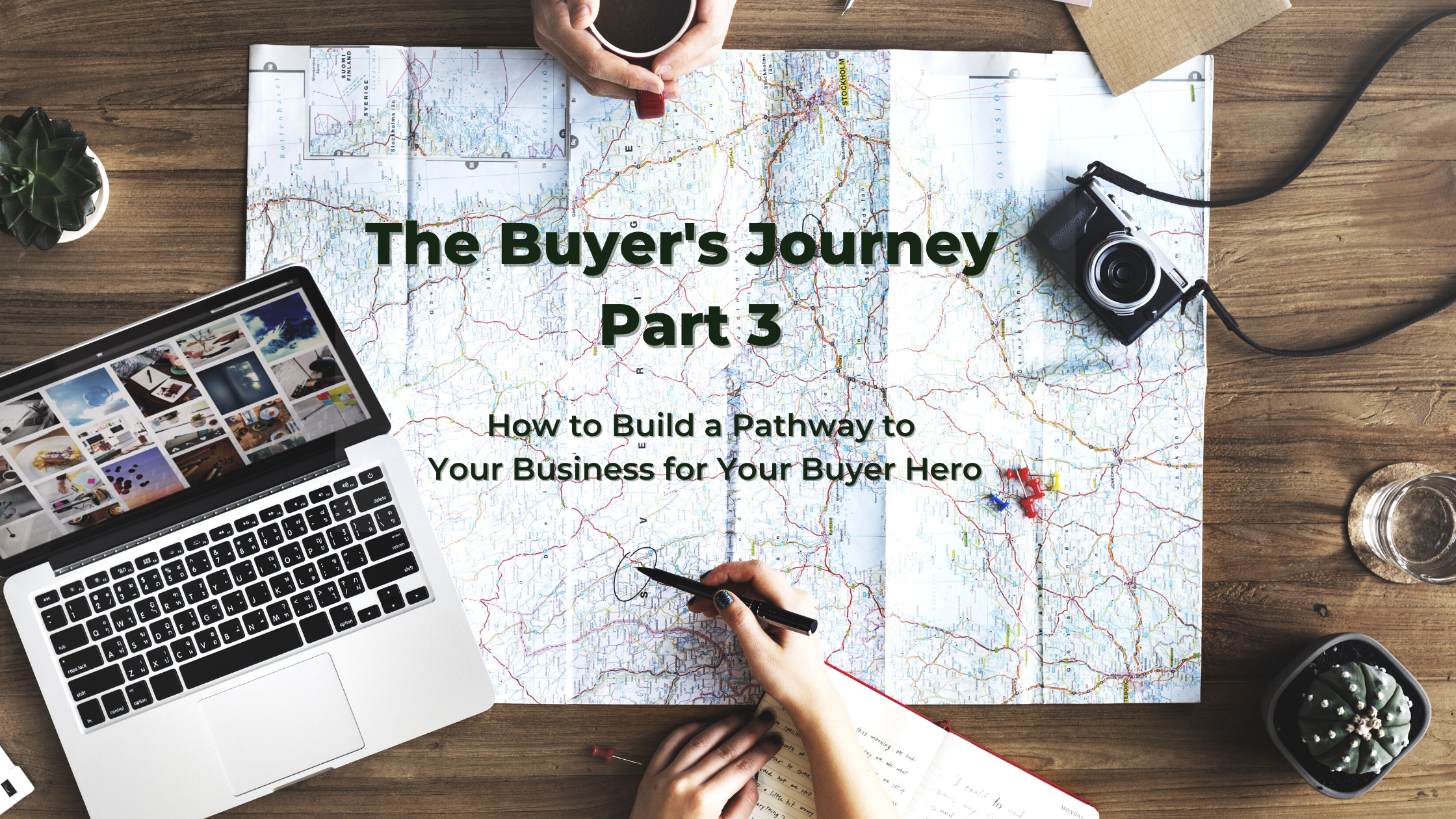 Sales EnablementJun 29, 2021
Sales EnablementJun 29, 2021 Growth Marketing Firm
Growth Marketing FirmBuyer’s Journey Part 3: Your Ideal Customer at Every Stage
(Last updated July 5, 2022) The tidal wave of options available to buyer heroes can create an overwhelming...
-
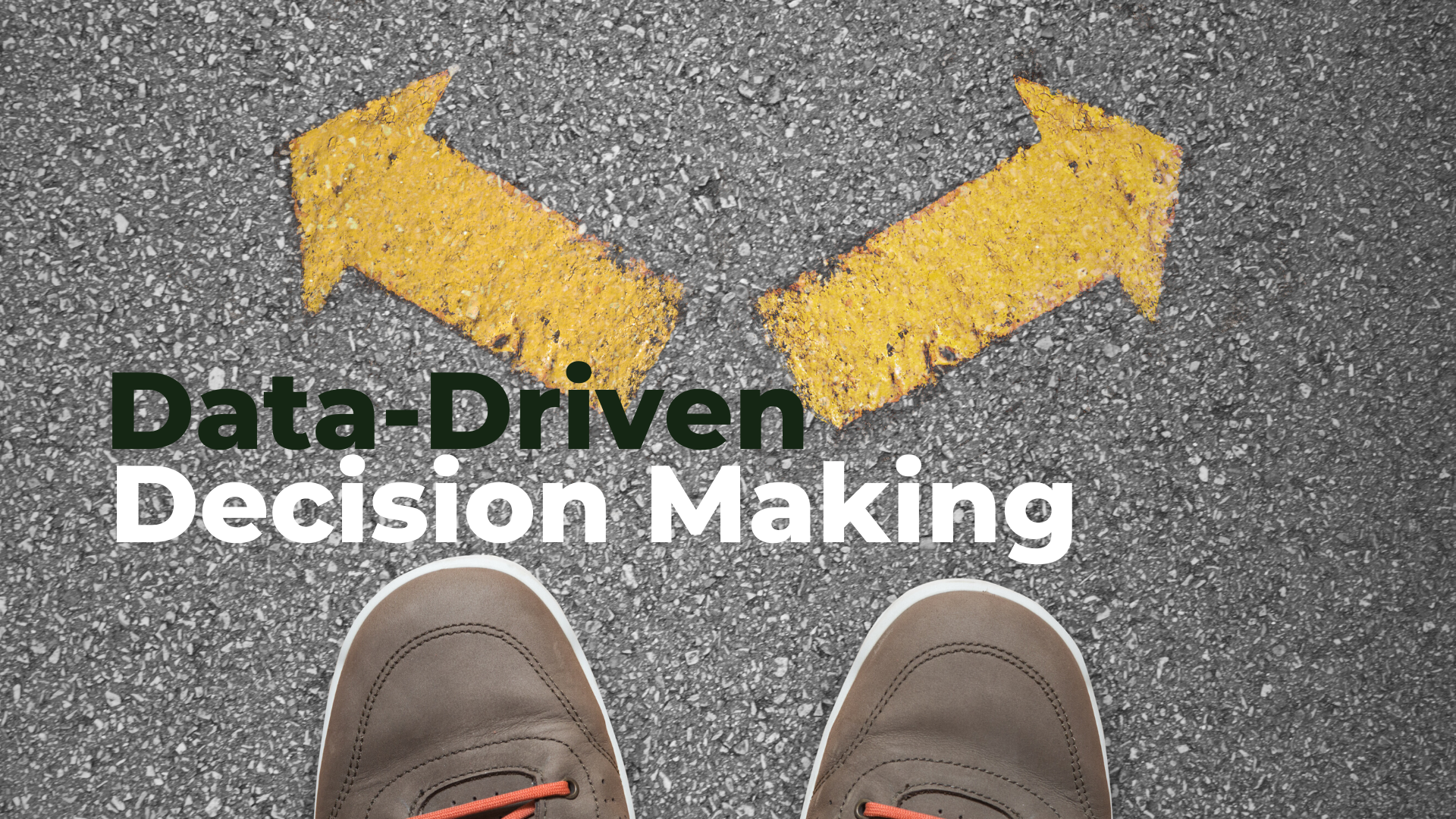 HubSpotNov 3, 2021
HubSpotNov 3, 2021 Growth Marketing Firm
Growth Marketing FirmMaking Data-Driven Decisions for Your Business
(last updated May 4, 2022) It’s common knowledge that organizations that analyze their data to make business...
-
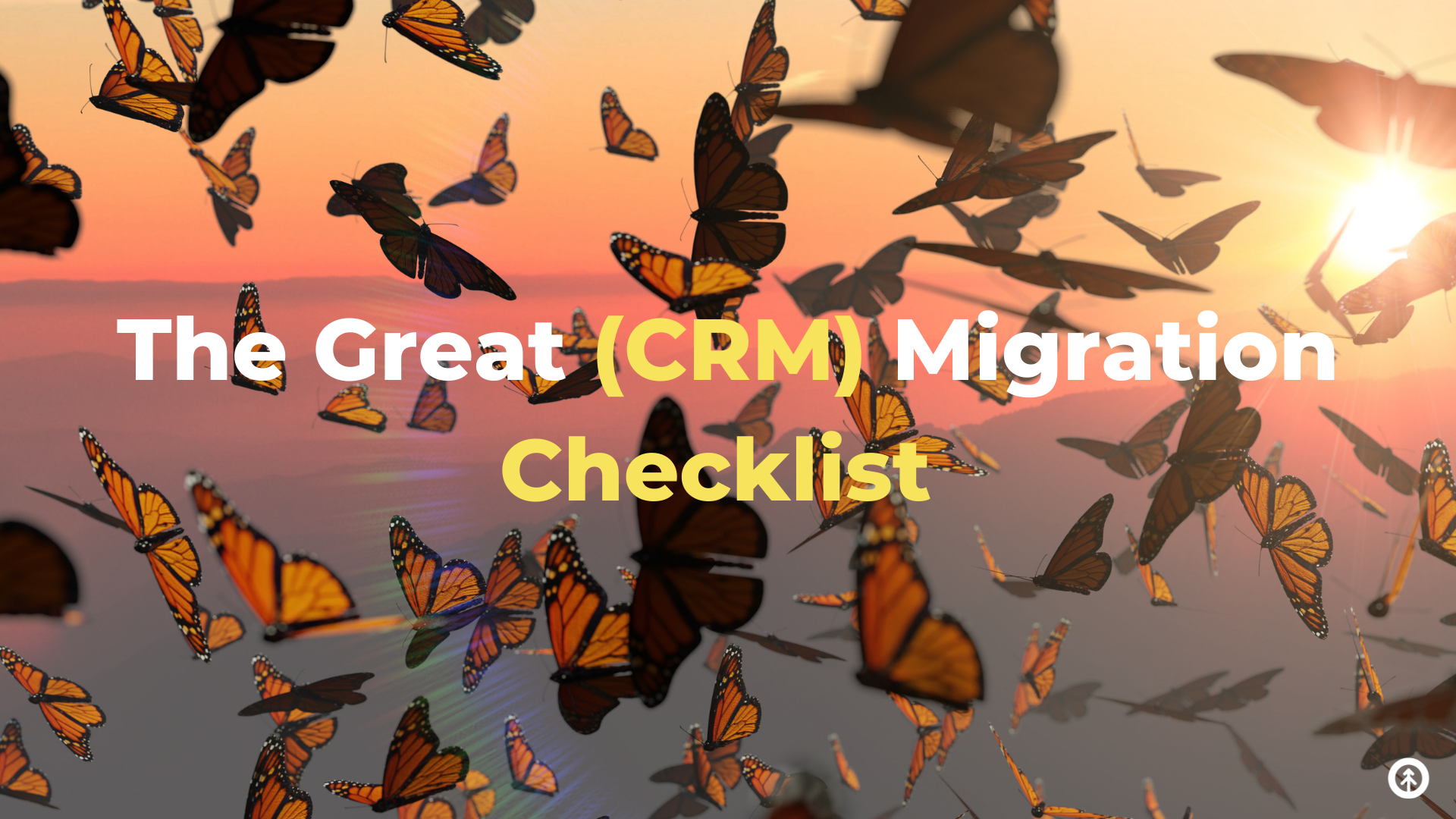 HubSpotMar 11, 2022
HubSpotMar 11, 2022 Growth Marketing Firm
Growth Marketing Firm10-Step HubSpot CRM Migration Checklist
Moving your customer relationship data from one place to another (or from one CRM to another) can be as...
-
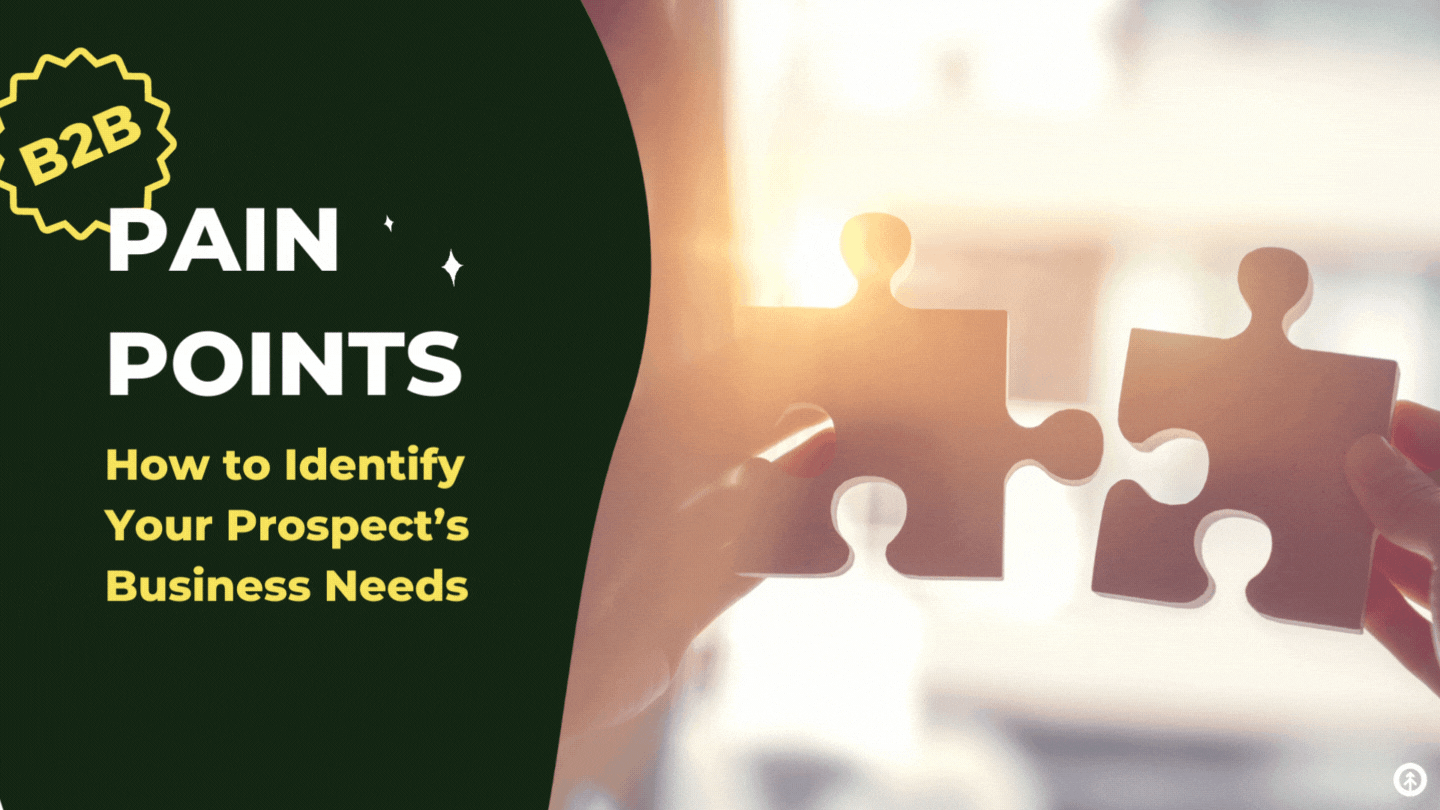 Sales EnablementSep 7, 2021
Sales EnablementSep 7, 2021 Growth Marketing Firm
Growth Marketing FirmHow to Identify Your Prospect’s Business Pain Points
(last updated August 22, 2022) True business pain requires an immediate solution. The kind of business pain...
-
 Inbound MarketingFeb 10, 2022
Inbound MarketingFeb 10, 2022 Growth Marketing Firm
Growth Marketing FirmHubSpot for Ecommerce Stores
When you connect HubSpot to your ecommerce website, you learn a lot about what your customers–and potential...
-
 Inbound MarketingSep 20, 2021
Inbound MarketingSep 20, 2021 Growth Marketing Firm
Growth Marketing FirmBuilding Relationships with Lead Nurturing
Gaining a new lead for your business through your marketing efforts requires a ton of strategic and creative...

